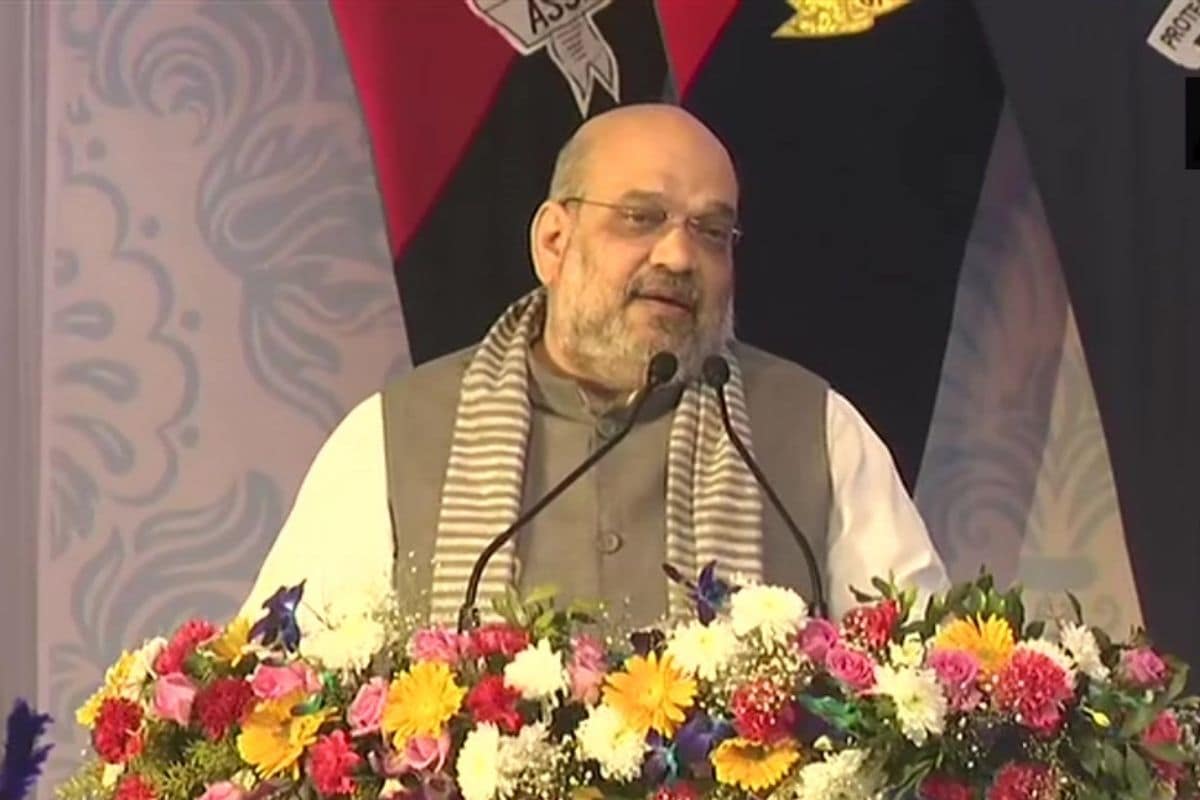“I called it a sleeper hit,” said Michelle Millar Fisher, the curator who commissioned the steaks for the exhibition, “Designs for Different Futures,” which began at the Philadelphia Museum of Art and traveled to the Walker Art Center in Minneapolis. “The provocation at the heart of this project is really fair. It’s important to ask ourselves where we get our proteins.”
There are no plans to remove the installation from the Design Museum before the exhibition ends in March 2021, although Ms. Fisher and Mr. Telhan will address the criticism of “Ouroboros Steak” in an upcoming online conversation. Priya Khanchandani, head of curatorial at the Design Museum, has also defended the project, calling it “the equivalent of a design dystopia.”
“It is asking a controversial question that in an epoch of severely depleted resources badly needs to be articulated,” she added.
Investment in cellular agriculture has increased at a remarkable pace over the last few years, even as serious discussions around the bioethics of lab-grown meat have taken a back seat. Market researchers estimate that the cultured meat business could reach $214 million by 2025, and more than double to $593 million by 2032. Earlier this year, the National Science Foundation Growing Convergence program awarded the University of California, Davis, a $3.5 million grant for cell-based, lab-grown meat research. And on Dec. 2, Singapore became the first government to approve the consumption of chicken cells grown in bioreactors, telling the San Francisco-based company Eat Just that it could sell its bioengineered chicken nuggets.
“We need productive critique if we are ushering in a new technology,” said Isha Datar, executive director of New Harvest, a nonprofit research institute focused on accelerating breakthroughs in cellular agriculture. “This technology holds the promise to create a more sustainable means of meat production, but how do we hold ourselves accountable to ensuring that happens?”
In recent decades, several artists have questioned the ethics of biotechnology by adopting the field’s methods and machinery. The Brazilian artist Eduardo Kac worked with a team of geneticists in 2002 to splice an albino rabbit’s DNA with that of a luminescent jellyfish to call attention to what the transgenic crossing of species’ characteristics might imply for the human genome. In 2019, the artist Jordan Eagles projected magnified images of blood onto the gallery walls of the Andy Warhol Museum in Pittsburgh as commentary on the stigma associated with L.G.B.T.Q. blood donations and those living with H.I.V./AIDS.





More Stories
A New Arts Destination Near Marfa Quietly Takes Shape
An Artist Exposing Fascism Through Provocation
For My Next Trick … Opening a New Musical in Tokyo in a Pandemic